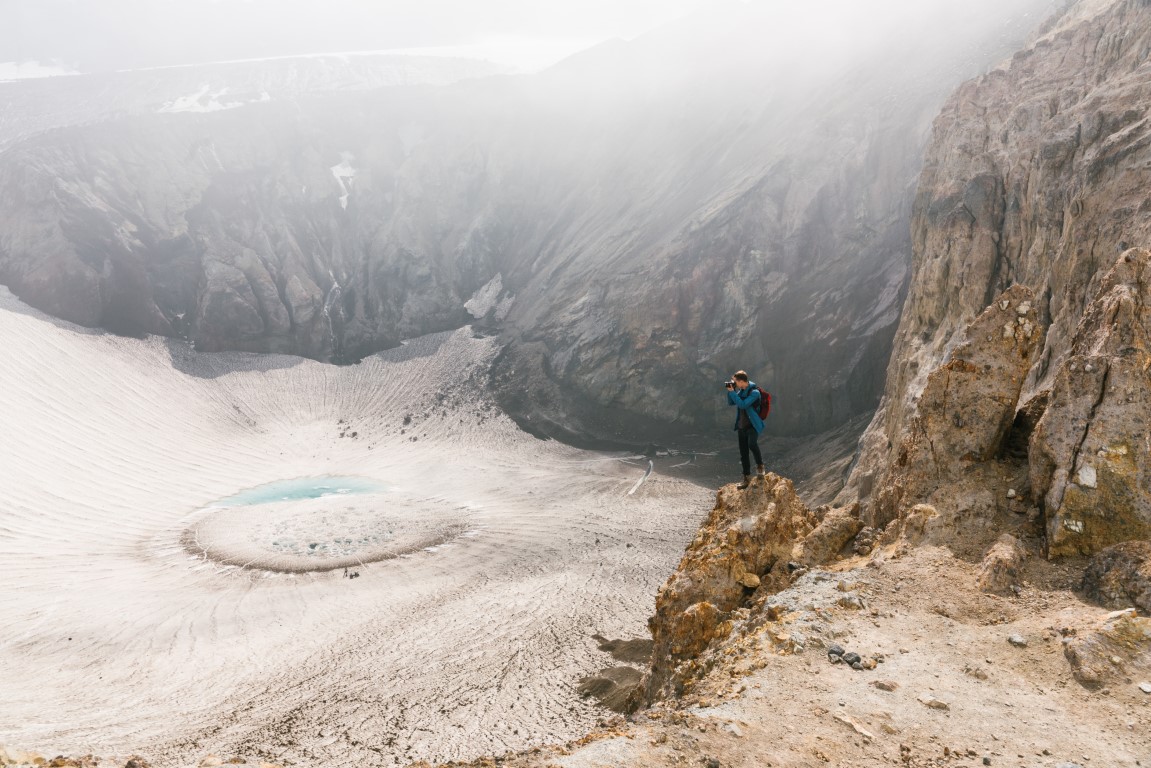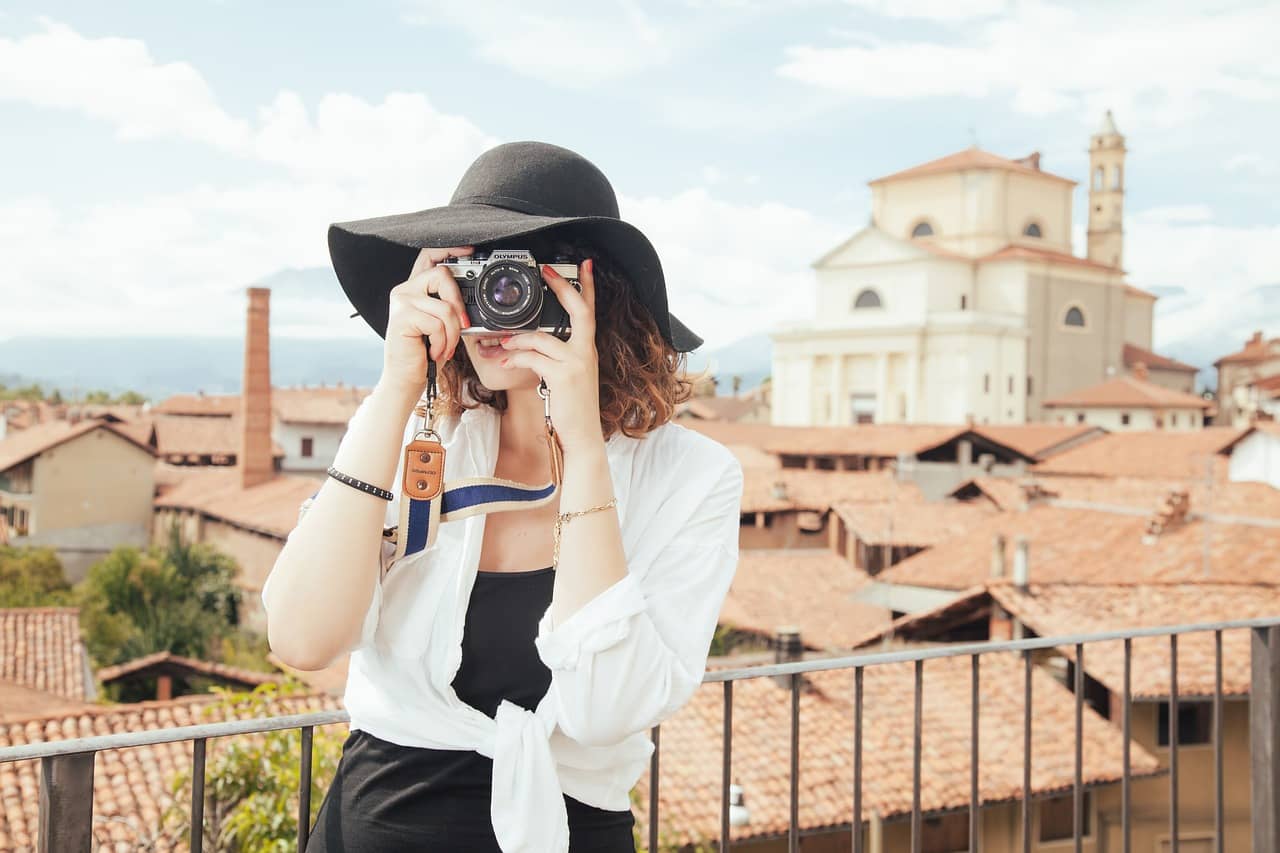Photographing landscapes and nature scenes can be a rewarding and challenging hobby. The beauty of the natural world provides endless subject matter, but capturing that beauty in a photograph requires some planning and technique. In this article, we will go over some tips that can help you to take stunning landscape and nature photos. Learn more about photography at Power Shots.
Choose the right time of day: The quality of light can have a big impact on your landscape photos. Consider shooting early in the morning or late in the afternoon, when the light is softer and warmer. These times of day are often referred to as “golden hour,” as the warm light can add a beautiful glow to your photos. Avoid shooting in the middle of the day, when the light is harsh and contrasty.
Find a strong composition: Composition is an important element of any photo, but it’s especially important in landscape photography. Look for elements in the scene that can serve as anchors, such as trees or rock formations, and use them to create a sense of balance in the photo. The “rule of thirds” is a helpful guideline for composing your shots. Imagine dividing the frame into nine equal parts with two equally-spaced horizontal lines and two equally-spaced vertical lines. Placing the subject of the photo along one of these lines, or at the intersection of two of them, can create a strong and visually appealing composition.
Use leading lines: Leading lines are lines in the scene that draw the viewer’s eye into the photo. They can be real, physical lines, such as a road or a river, or they can be implied lines created by the way that the elements in the scene are arranged. Using leading lines can help to add depth and interest to your landscape photos.
Include some negative space: Negative space is the area around the subject of the photo. Including negative space can help to give the subject some breathing room and make the photo feel less cluttered. It can also add a sense of calm and balance to the photo.
Experiment with different perspectives: Don’t be afraid to try different angles and perspectives when photographing landscapes. Shooting from high above the scene, such as from a hill or a bridge, can give a unique and dramatic viewpoint. Alternatively, getting down low to the ground can add a sense of scale and can help to bring out small details in the scene.
Use a tripod: Landscape photos often require longer exposures to capture the scene properly, especially in low light situations. Using a tripod will help to keep your camera steady and avoid blurriness. It will also allow you to use a slower shutter speed, which can help to create movement blur or a sense of motion in the photo.
Shoot in RAW format: RAW files are a type of image file that contain all of the data captured by the camera’s image sensor. They offer more flexibility when it comes to editing and allow you to capture more detail in the image. Shooting in RAW format will give you more options when it comes to post-processing your photos.
Pay attention to the weather: Different weather conditions can create unique and interesting effects in landscape photos. Don’t be afraid to go out and shoot in less-than-ideal conditions. A cloudy or overcast day can provide soft, even lighting, while a bright and sunny day can create deep shadows and contrast. Rain can add a sense of drama and can make for some beautiful reflections in puddles or bodies of water.
Edit your photos: Editing your photos can help to bring out the best in the scene and add your own personal touch. However, it’s important to be careful not to overdo it. Heavy editing can lead to a photo that looks unrealistic or artificial. Aim for a natural look, and try to keep your edits subtle. There are many editing software options available, ranging from free options like GIMP to more expensive professional options like Adobe Photoshop. Experiment with different software and techniques to find what works best for you.
Conclusion
By following these tips, you can improve your landscape and nature photography and capture beautiful and striking images of the world around you. It’s important to remember that practice makes perfect, so don’t be afraid to go out and experiment with these techniques to find what works best for you. With time and experience, you’ll develop your own style and techniques for capturing stunning landscape and nature photos.



